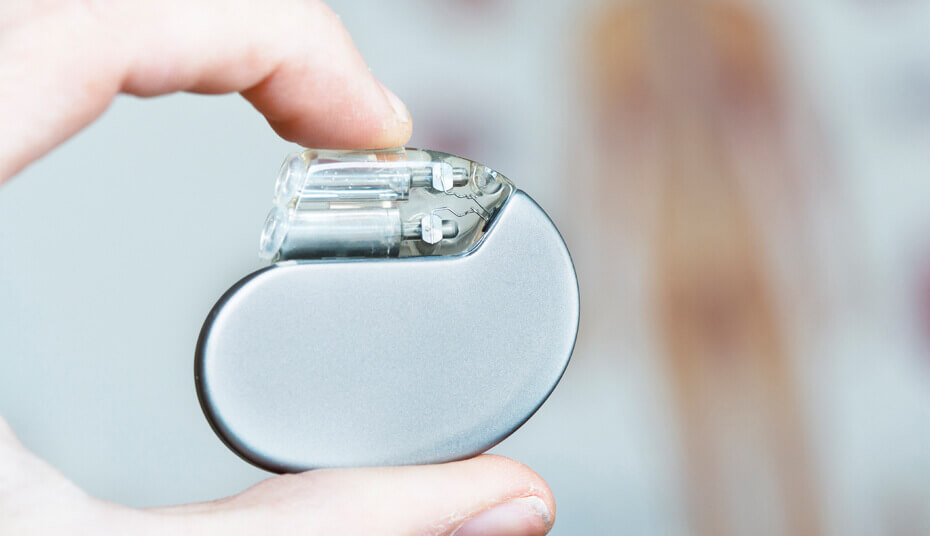<< View SCS Blog
Parylenes for Biomedical Implantable Devices

Whenever implantable medical devices come into contact with the human body, long-term protection against body fluids, enzymes, proteins, lipids and more is vital. Biomedical surfaces commonly require a layer of protection in order to not degrade in the presence of moisture, chemicals and other potentially harmful substances.
A downfall for wet chemistries, e.g., liquid coatings such as silicones, acrylics, epoxies or urethanes, is that many do not meet biocompatibility requirements and cannot be applied with precise control. On the contrary, Parylenes do not out-gas and are very effective against the passage of contaminants from both the body to substrate or substrate to the body.
In addition to their inherent biocompatibility and biostability, Parylenes can be applied in very thin layers, usually measured in microns. Applied at room temperature, Parylenes are pinhole-free and contain no additives; they are insoluble in most solvents, very lubricious and have very high dielectric strengths.
When evaluating biocompatibility requirements, it is important to review USP Class VI documentation and ISO 10993 biological evaluations that have been completed for the coating options. SCS Parylenes N, C, Parylene HT® and ParyFree® are all commercially-available biocompatible variants of Parylene and have met the certification measures within USP Class VI and ISO 10993. Reference access to this biocompatibility test data is made available to SCS commercial coating service customers for use in their FDA submissions.

